Among the projects that have appeared in the race to build an interconnected blockchain environment, Polkadot can be considered one of the leaders. Conceived by Ethereum co-founder Gavin Wood, Polkadot aims to solve one of the most pressing challenges in the blockchain space: specifically the disruption of the flow of data from one network to another.
With the growth of the cryptocurrency market and the emergence of more and more new projects, the question of creating a single universal protocol for the interaction of blockchains becomes more and more urgent. Polkadot’s architecture is composed by a relay chain, which is the main chain, and several other chains called parachains, through which any type of data or asset can be transferred between different blockchains.
This means not only tokens but the ability to integrate smart contracts and other kinds of information between chains, which creates nearly limitless opportunities for cross-chain apps and services. Parachains in Polkadot has been a turning point for the project through the launching of parachains.
Projects can bid for an opportunity to be included in the Polkadot network, which means that they can be safeguarded by the main chain while having their unique functionality. This approach has drawn a variety of projects, ranging from the DeFi platforms, privacy networks, and IoT platforms.
The competition for parachain slots has also created massive demand for DOT, Polkadot’s native token because projects have to bond a large number of DOT to participate in auctions. Polkadot is highly versatile and upgradable, which is one of the project’s biggest assets. This is different from many other blockchains that need to hard fork in order to make major changes, as Polkadot can update and enhance through governance.
This helps the network to be flexible in meeting technology and market changes without affecting its business. It also empowers DOT holders with a voice in the direction of the project and is a way of encouraging people to be actively involved in the project. Cross-chain applications in Polkadot are gradually being built, and projects are actively experimenting with the use of the network’s capabilities.
From cross-chain DEXs that enable trading of assets from different blockchains and multi-chain NFT platforms, one can see that developers are constantly exploring new horizons in a connected blockchain world. This growing ecosystem of applications is not only increasing the usage of Polkadot but also proving the possibility of the future of a blockchain world where all platforms can communicate with each other.
Another reason that has contributed to the growing popularity of Polkadot is also its method of scalability. This is because parachains are capable of processing transactions in parallel, hence making Polkadot have a much higher throughput than single-chain networks. This scalability, in addition to the ability to fine-tune a single parachain for a certain type of application, makes Polkadot an appealing platform for developers who need high throughput dApps.
Another factor that has helped the project is that its aim has been to improve the developers’ experience. Polkadot has a number of resources and platforms, including Substrate that make it easier to develop and launch applications that are based on blockchains. This has also made it easier for developers to enter the Polkadot space and has also boosted the development of the Polkadot ecosystem. Increasingly, people are talking about Web3 and Polkadot is ready to occupy a central position in the new decentralized web.
It is about integrating various blockchains and ensuring that information and value can easily pass from one to another – which is what a more open internet should look like. This potential has drawn the interest of both new economy players in the form of crypto currency and the old economy players such as tech firms interested in blockchain technology. Therefore, as the future unfolds, Polkadot has the prospects that are in front of it as well as the challenges that lie ahead of it.
The parachain model and the increasing number of applications that connect different blockchains indicate that the project will be successful. But it will also have to deal with the competition with other blockchains that are focused on interoperability and continuing the efforts of dispelling the notion of a ‘battle of chains’.
Looking at the ever-growing blockchain industry, Polkadot’s concept of a connected and integrated network may be a valuable element in achieving the whole potential of decentralized solutions.










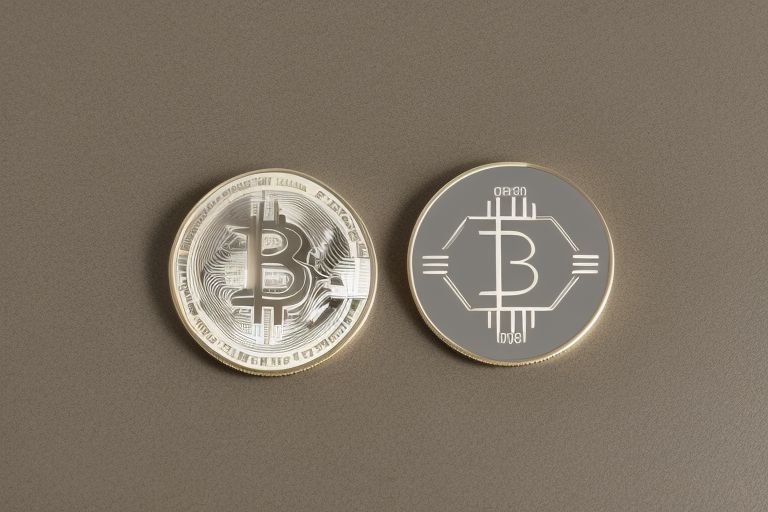
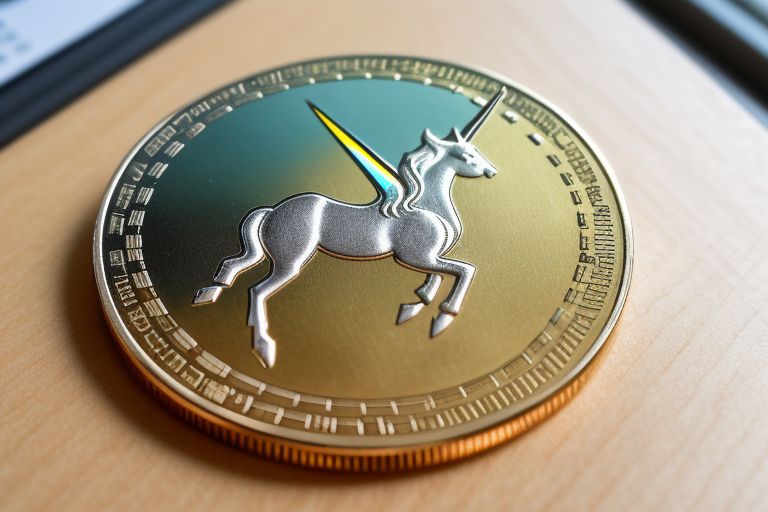



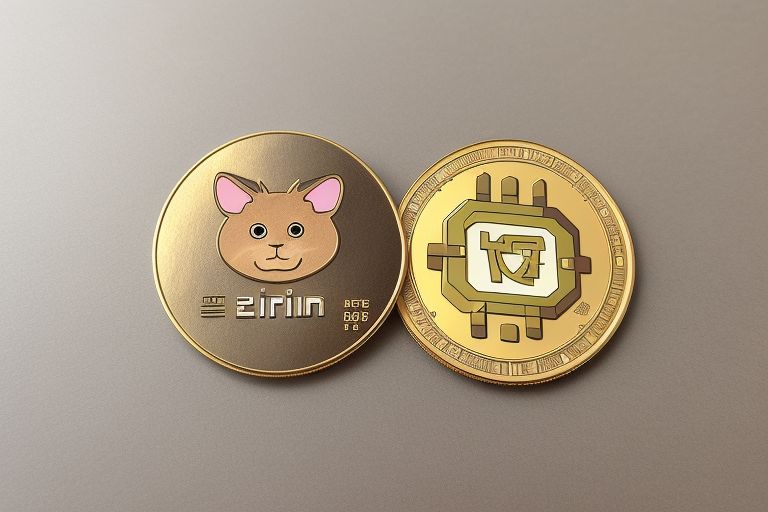
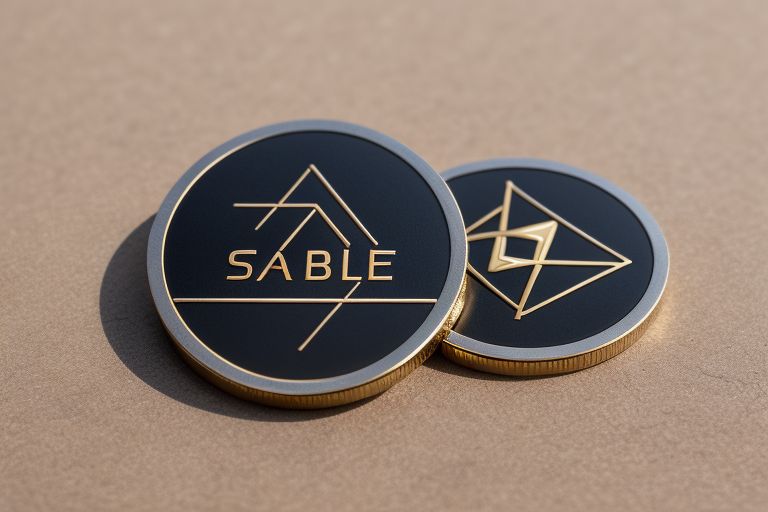
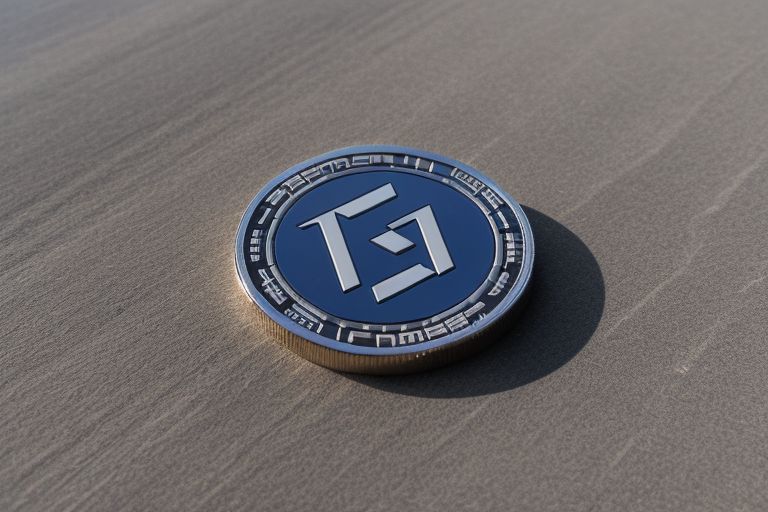
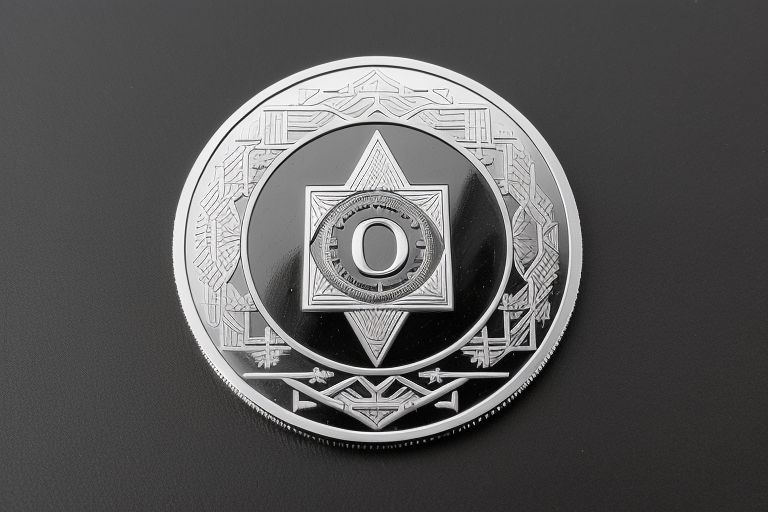
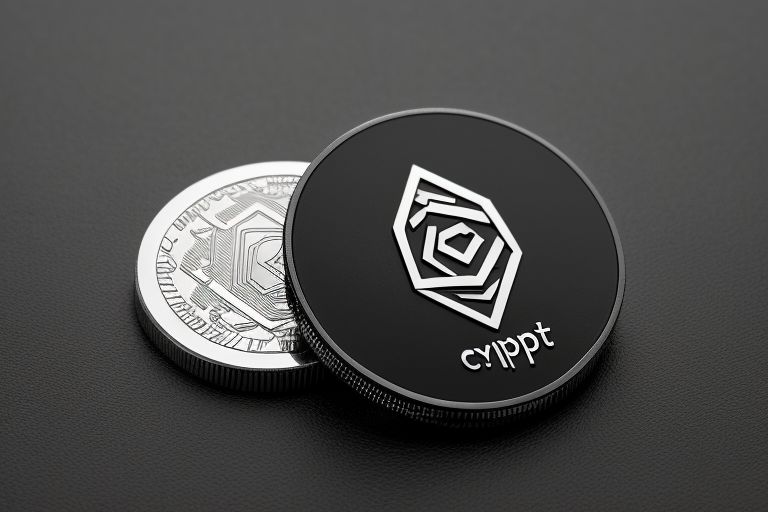
+ There are no comments
Add yours